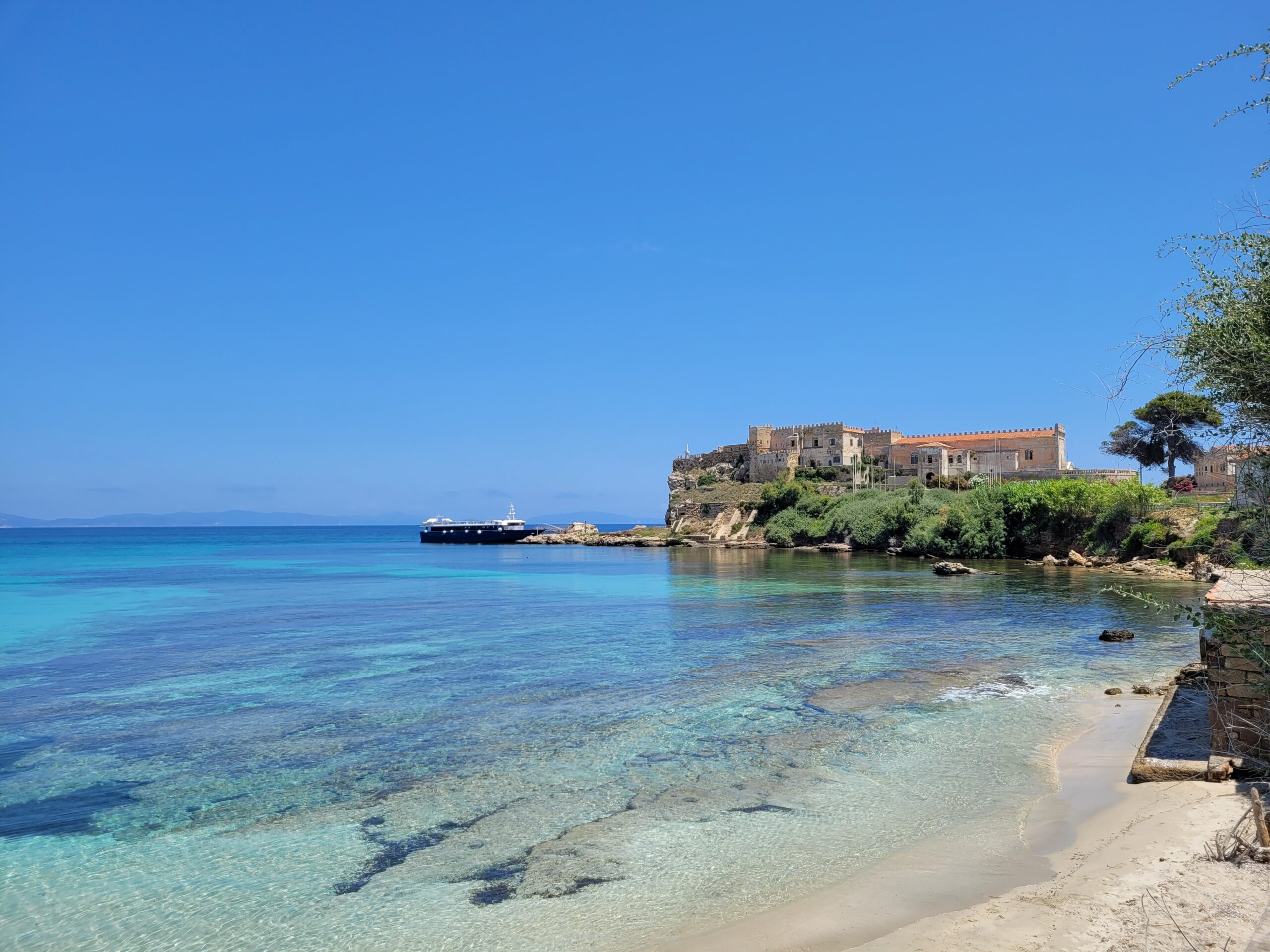The Romans called it Planasia, that means flat island, due to its 10 kilometers of triangular surface without relief. The only one it’s the islet of La Scola, that is only 34 meters above the sea level.
Rich in history, but above all in nature, Pianosa is a jewel of extraordinary beauty set in the Tuscan Archipelago National Park, Italy.
“Please don’t just focus on houses” often tell the tourists’ guides. The landscape is evocative and its historical buildings, the old maximum-security prison included, astonish visitors, not always positively. But this is another story, here I want to show you the surprising biodiversity of Pianosa.
On the island we count 350 species of spontaneous flora, including 17 of orchids and one of limonium, Limonium planasiae, which is an exclusive endemism of the island.
On the Scola’s islet the Planasiella aptera was found, a wingless beetle of a new genus for science.



The richness of biodiversity was ensured by the presence of the prison and the marine reserve. Nowadays only the marine reserve still exists.
The seabed is rich in Mediterranean species that are not afraid of hunting.
In addition to the birds of the Mediterranean maquis, species such as the hoopoe, the corn bunting, the black bunting, the barn owl, the bee-eater, the stonechat, the calander nest on the island. The rare Corsican gull (Larus audouinii) deserves a separate discussion. This species, extremely vulnerable, shows difficulty in reproducing in the traditional sites frequented in the, but in Pianosa it tries.
This fragile biodiversity is well illustrated, on the island, inside the “Agronomist’s House”, an historic building, that host a biological and interactive museum. A great idea to engage the interest of the young children.
During the last years several research studies have been conducted on Pianosa.
For example, the re-naturalization of the plant species. It has been demonstrated that the old rural areas, are increasing in vegetation. It is very likely that Mediterranean vegetation, as expected, will colonize the abandoned agricultural land, and will undergo a process of re-naturalization in the near future. This will have a significant impact on carbon budget and carbon sequestration, both in the above ground and in the soil organic C.
This insular ecosystem in the Tuscan Archipelago National Park has turned out to be a valuable test site, highly representative of several Mediterranean environments where the vegetation dynamic is strongly affected by anthropogenic land use and climatic drivers. Due to its peculiar history, environmental conditions, and geographical position, Pianosa could be very important to represent a “sentinel” for monitoring vegetation cover changes and biodiversity in the Mediterranean region. [2]
Furthermore, another important point concerns the high naval sea traffic. A recent study [3], using high-resolution numerical models, evaluated the risk of oil spill impacts on ecosystems, also for Pianosa island. As Pianosa island has a limited naval traffic, in the period before covid-19 (2019-2020), it presented the lowest risk compared to the other near island. It is interesting that after the diffusion of the covid-19 (in 2020), when travels were limited, the risk decreased for all the neighboring islands.
As ocean modelling and ecosystems mapping are more and more important to preserve biodiversity, this pilot study evidenced the importance of situations, as the one of Pianosa island.
Hope in the future all these commitments to nature and biodiversity will continue.

[1] https://www.associazionepianosa.it/
[2] A Statistical Approach to Detect Land Cover Changes in Mediterranean Ecosystems Using Multi-Temporal Landsat Data: The Case Study of Pianosa Island, Italy – Maurizio Sarti, Francesco Primo Vaccari, Carlo Calfapietra, Enrico Brugnoli, Andrea Scartazza; Forests 2020, 11, 334.
[3] Assessing the risk of oil spill impacts and potential biodiversity loss for coastal marine environment at the turn of the COVID-19 pandemic event. – Andrea Cucco, Luca Rindi, Lisandro Benedetti-Cecchi, Giovanni Quattrocchi, Alberto Ribotti, Chiara Ravaglioli, Enrico Cecchi, Massimo Perna, Carlo Brandini; Science of the Total Environment 894 (2023) 164972.





